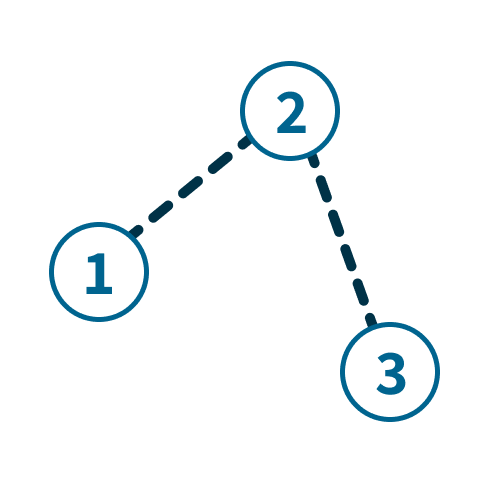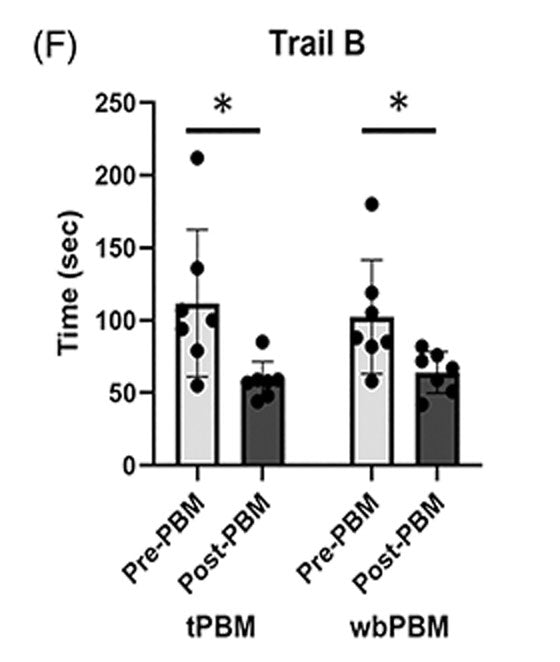Long COVID Landing Page
Headaches, brain fog, and fatigue from Long Covid?
Take our quick assessment below and find answers.
INTRODUCTION
What is Long COVID?
Long COVID is defined as a chronic condition that occurs after SARS-CoV-2 infection and is present for at least 3 months.
Although the exact cause of Long Covid remains under investigation,
it's believed to be a complex condition with several contributing factors.
Some possibilities include persistent viral reservoirs, autoimmune response, microvascular damage, and ongoing low-grade inflammation throughout the body.

Symptoms Linked with Long COVID
- Extreme fatigue (even after adequate rest);
- Brain fog, difficulty concentrating, remembering things, focusing, and making decisions;
- Shortness of breath and chest tightness (even at rest);
- Sleep disturbances;
- Joint and muscle pain;
- Headaches;
- Loss of taste or smell;
- Mood disorders, such as increased anxiety, depression, or mood swings.
How It Works?
Protecting yourself after Long COVID
Light therapy effectively targets the right prefrontal cortex, which plays a crucial role in many cognitive functions, such as emotional regulation, decision-making, problem-solving, social cognition, and spatial awareness.
Damage to this area can have significant consequences, which often happens in individuals suffering from Long COVID.
How often do I need to use light therapy?
Most people can experience improvements with our light therapy device after just a few minutes of usage daily. It's like a vitamin that should be used every day for that boost!
How does light therapy work for Long COVID?
Some natural immunity exists agains COVID-19 exists, although it's often not enough. While natural immunity against COVID-19 exists, and vaccination and testing have improved the situation, new approaches are still needed.
Research proposes brain light therapy as a potential treatment for long COVID due to its ability to boost the immune system and reduce inflammation [1].
A clinical trial from 2023 also explored the use of photobiomodulation (PBM) therapy (or light therapy) to treat Long COVID symptoms like brain fog and fatigue. The study involved 14 participants who received either a targeted head PBM device, the Neuradiant 1070 by Neuronic, or a whole-body PBM therapy for four weeks. Encouragingly, all participants reported significant improvements in cognitive function and processing speed by the end of the trial. These findings suggest PBM therapy as a potential, safe, and non-invasive approach for managing Long COVID symptoms [2].
Explore more in the videos below:
Our light therapy device
Neuradiant 1070
The Neuradiant 1070 by Neuronic is a brain light therapy device that comes with 4 pre-set programs for everyday use or advanced options to customize the time, pulse rate and intensity over 4 different brain quadrants. A 30-minute complimentary session with one of the Neuronic internal consultants is included with the purchase to learn how to use it the best.
While the pre-set protocols included in the Neuradiant 1070 are easy to use and provide benefits of light therapy through 4 different settings, we also offer a
3-month consultation that includes custom-designed protocols based on your personal history that can greatly enhance the functional benefits of photobiomodulation (PBM).


"I recently purchased the Neuradiant to use in my neurofeedback practice,
and I'm so happy that I did.
Just after receiving it, I contracted COVID. I ran the protocol on day 3 of my symptoms
to wake the next morning feeling much better and fever free.
I felt more energy and the sense that my body was better prepared to deal with the virus."
- Rhonda Souder, June 14, 2022
Check more testimonials hereSafe. With no known side effects.
Embrace a safe, simple, and side-effect-free approach to boost your cognitive function.
Pre-Post Neuradiant 1070 Usage Test
Results for the paired t-test comparisons, pre- versus post-testing after 12 treatments, for each cognitive test for Group 1 (tPBM), and for Group 2 (wbPMB) are presented separately. [4]
For Group 1, each cognitive test showed significant improvement ( p < 0.05 or beyond), except for PRT.

For Group 2, each cognitive test also showed significant improvement ( p < 0.05 or beyond), except for TrA and PRT.

The individual results are discussed below.

MoCA
The Montreal Cognitive Assessment (MoCA) is a test used to detect mild cognitive decline and early signs of dementia. It can help identify people at risk of Alzheimer's disease and screen for conditions like Parkinson's disease, brain tumors, substance abuse, and head trauma.
Graph C shows the pre and post light therapy protocols. In both groups we see an increase in the MoCA score, with a higher score meaning less impaired cognitive function.
DSST
Digit symbol substitution test (DSST) is a neuropsychological test sensitive to brain damage, dementia, age and depression. The test is not sensitive to the location of brain-damage (except for damage comprising part of the visual field).
Additionally we can see in the DSST there is also an increase from the baseline test to after the light therapy was applied.


Trail A
The Trail Making Test, Part A (TMT-A) is a neuropsychological test used to assess visual attention, processing speed, and mental flexibility. It involves connecting a sequence of numbers as quickly as possible in ascending order. The score is based on the time taken to complete the task, with shorter times indicating better performance.
The graph E shares a clear indication that after patients received the transcranial light therapy in particular there was a reduction in time it took to complete the task, showing clear cognitive processing improvements.


Trail B
Part B (TMT-B) requires participants to alternate between numbers and letters in ascending order (e.g., 1-A-2-B-3-C, etc.). Completion time is recorded, with longer times indicating potential difficulties in mental flexibility and executive function.
The second test in graph F shares also a reduction in the time it took to take the test. Notably after patients used the light therapy helmet the time was reduced nearly 50%.


PRT
PRT uses techniques such as pain re-education, somatic tracking, and positive psychology to help individuals change their perception of pain. The ultimate aim of PRT is to retrain the brain to stop generating the sensation of pain, thus reducing the intensity and frequency of chronic pain symptoms.
Long COVID Recovery
Start Long COVID assessment
Long COVID can affect us in many ways, impacting not just our memory, but also our thinking, emotions, and even physical abilities.
This assessment can be a helpful first step in exploring potential effects of a head injury. It is recommended to consult a healthcare professional for a complete evaluation.
Long COVID Recovery
We're here for you.
If you want to explore our light therapy device,
as well as our 3-month consultation service,
please click below: